Nanobody Technology for Biologics
Inquiry
Nanobody technology has significantly advanced molecular imaging and therapeutics, especially in optical and nuclear imaging and drug delivery systems. This progress has driven the clinical evolution of biologics. CD Formulation provides nanobody development services using cutting-edge nanobody technology to meet diverse customer needs.
Advantages of Nanobodies
Nanobodies are engineered antibody molecules, also referred to as single-domain antibodies, VHH antibodies, or camelid antibodies. These antibodies are heavy chain antibodies that occur naturally without light chains and are present in camelids like alpacas and dromedaries, as well as cartilaginous fish such as sharks and rays. Nanobodies can be categorized into various types, including monovalent nanobodies, bivalent nanobodies, bispecific nanobodies, multivalent nanobodies, and fused nanobodies.
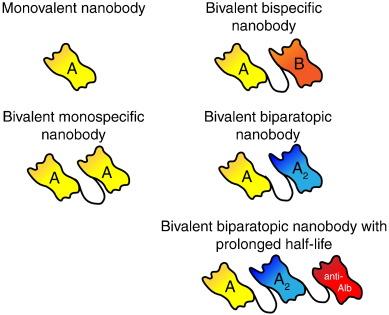 Fig.1 Schematic illustrations of multivalent nanobodies. (Sabrina Oliveira, et al. 2013)
Fig.1 Schematic illustrations of multivalent nanobodies. (Sabrina Oliveira, et al. 2013)
Nanobodies have a special structure of VHH single-domain antibodies based on alpaca heavy chain antibodies, combining the advantages of traditional antibodies and small molecule drugs.
- Excellent stability and tolerance. Nanobodies have higher stability and can withstand more severe conditions. Therefore, nanobodies are easy to store and transport.
- Strong tissue permeability. Small molecular weight is relatively easy to penetrate into tumor tissue, so it is suitable for targeting solid tumors. As an imaging molecule, it can quickly reach the target in vivo and be quickly metabolized by the kidneys.
- Weak immunogenicity. VHH antibodies have more than 80% sequence homology with the heavy chain variable region of human antibodies, and the 3D structures of the two can overlap, so humanization is simple.
- High antigen binding. Nanobodies can reach epitopes that traditional antibodies cannot reach. It can effectively cross the blood-brain barrier.
- Easy to express and purify. VHH is composed of only a single domain and has good solubility, so it is easy to achieve soluble expression.
- Easy to construct multivalent and multifunctional antibodies. They have the advantages of strict single-domain characteristics, high water solubility and high stability, and are suitable for constructing multivalent or multifunctional antibodies.
- Short preparation cycle. We can bypass cell fusion through phage display technology and prepare monoclonal monomers more quickly.
Applications of Nanobody Technologies
Based on the excellent performance of nanobodies, nanobodies have been widely used in molecular imaging and diagnosis, drug delivery, tumor immunotherapy, cell therapy and other research fields.
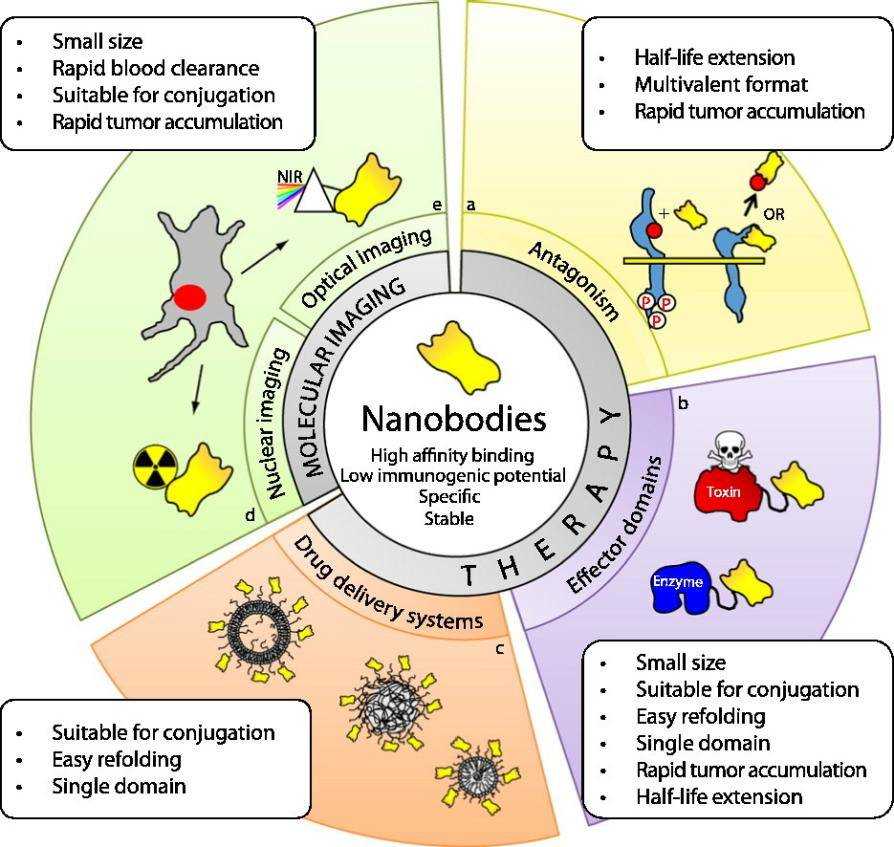 Fig.2 Clinical application of nanobodies. (Sabrina Oliveira, et al. 2013)
Fig.2 Clinical application of nanobodies. (Sabrina Oliveira, et al. 2013)
Our Nanobody Technology Platform for Biologics
Relying on our advanced design concept and nanobody technology, CD Formulation has constructed our specific nanobody technology platform to help customers develop nanobodies for biologics, covering nanobody production, nanobody expression and nanobody humanization.
Our Nanobody Production Platform
Our nanobody production process mainly includes alpaca immunization, phage library construction, antibody screening, expression purification and verification. After alpaca immunization, B lymphocytes are isolated from alpaca peripheral blood, total RNA is extracted, reverse transcribed into cDNA, and PCR amplification is performed using cDNA as a template to obtain diverse nanobody gene fragments, which are then connected to the vector to construct a phage library. Subsequently, multiple rounds of panning steps are performed to obtain antigen-specific nanobodies, which are sequenced, expressed and verified.
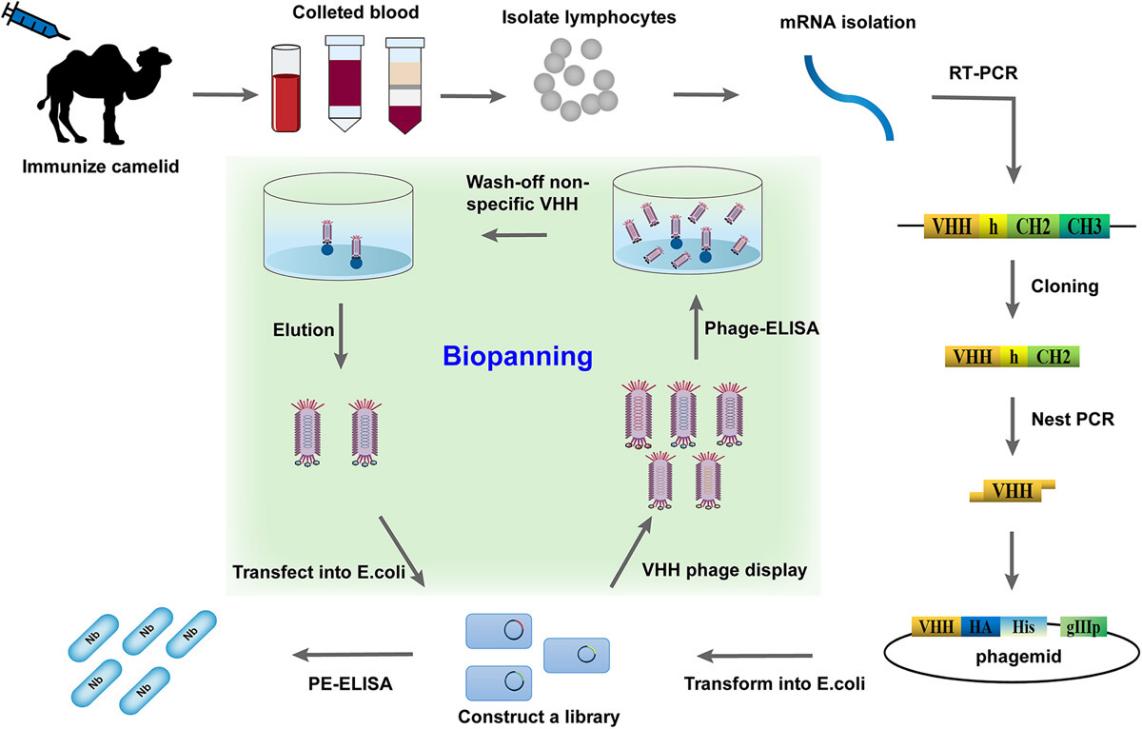 Fig.3 General process of VHH production. (Qianling Su, et al. 2023)
Fig.3 General process of VHH production. (Qianling Su, et al. 2023)
Our Nanobody Expression Platform
We have developed and constructed a nanobody expression platform that combines professional high-throughput primer synthesis and vector construction to achieve high-throughput antibody expression.
Our Nanobody Humanization Services
We use CDR replacement technology and computer-aided structure simulation design to humanize alpaca nanobodies, ensuring the degree of humanization >95%, and providing customers with high-quality nanobody humanization services.
Highlights of Our Nanobody Technologies
- With the help of our advanced nanobody technology platform, we have explored and customized personalized nanobody development to meet specific clinical needs.
- Our core team has lots of experience in researching nanobody production technologies and optimizing nanobody fabrication process. They can offer nanobody production, nanobody expression and nanobody humanization services to help researchers enhance stability and tolerance of biologics.
- We are also able to provide customers with nanobody development services based on our innovative nanobody technology platform, including nanobody production, nanobody expression and nanobody humanization.
Custom Nanobody Development Services
CD Formulation has established our advanced nanobody development platform that can provide one-stop nanobody customization services, mainly including antigen design and preparation, alpaca immunization, library construction, panning, monoclonal identification, sequencing and activity analysis and other experimental steps, and has successfully delivered multiple nanobody development projects. The obtained nanobodies need to be further humanized to reduce their immunogenicity and achieve the best therapeutic effect. We also provide in vitro efficacy evaluation solutions to meet application scenarios such as nanobody drugability evaluation and biological activity determination. Here is our workflow for nanobody development as follows.
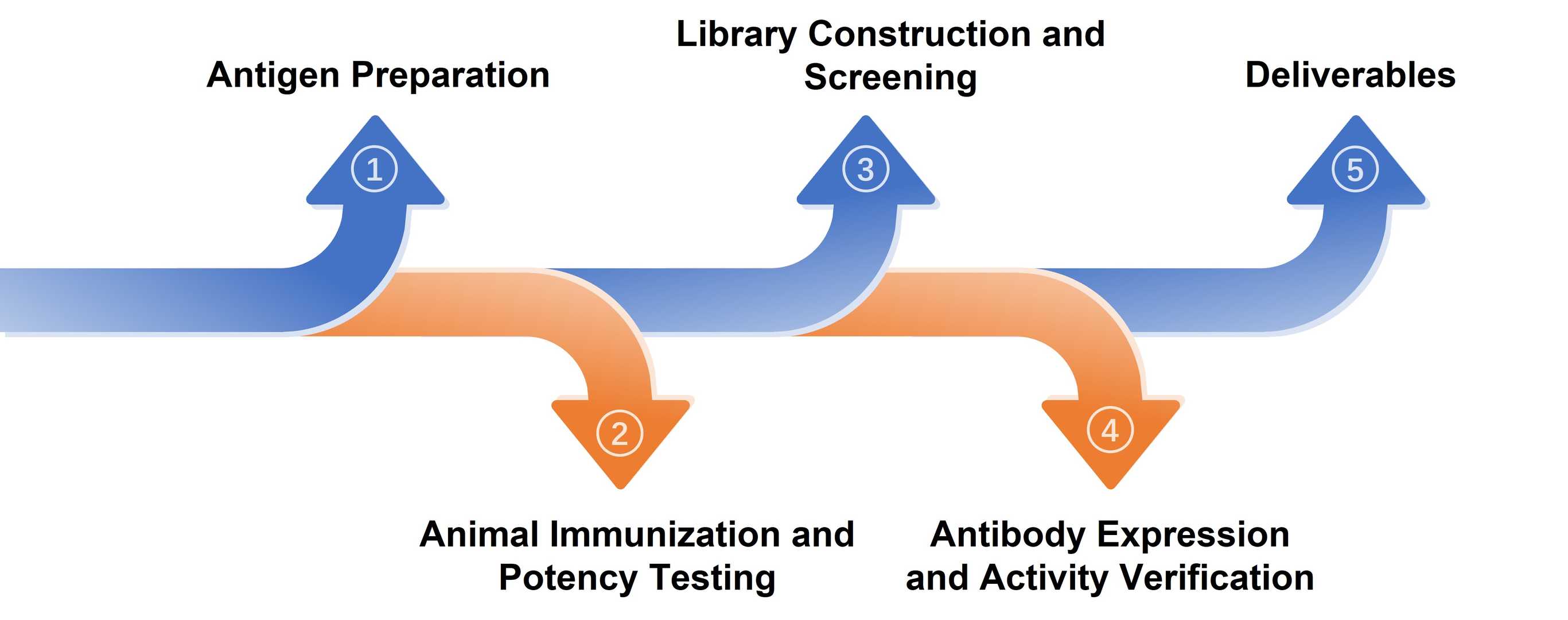 Fig.4 Our workflow for nanobody development services. (CD Formulation)
Fig.4 Our workflow for nanobody development services. (CD Formulation)
Published Data
Technology: Coupled bi-fluorescence complementation/GFP nanobody techniques
Journal: Nucleic Acids Research
IF: 16.6
Published: 2024
Results:
The authors used bimolecular fluorescence complementation (BiFC) to visualize the formation of specific TF dimers and associated co-regulators from the activator protein 1 (AP-1) and myocyte enhancer factor 2 (MEF2) families, demonstrating that the combination of BiFC with GFP-binding peptide (GBP) nanotraps allows for the observation of protein-protein interactions between the co-regulator HDAC4 and defined BiFC-MEF2 engineered dimers. In parallel, the authors used a Gal4-DNA binding domain fused to GBP to assess the transcriptional properties of BiFC-TF dimers using a universal Gal4/UAS luciferase reporter assay system to determine the transactivation properties of specific TF dimers in a cellular system. This approach allows for the engineering, visualization, and functional analysis of defined TF dimers.
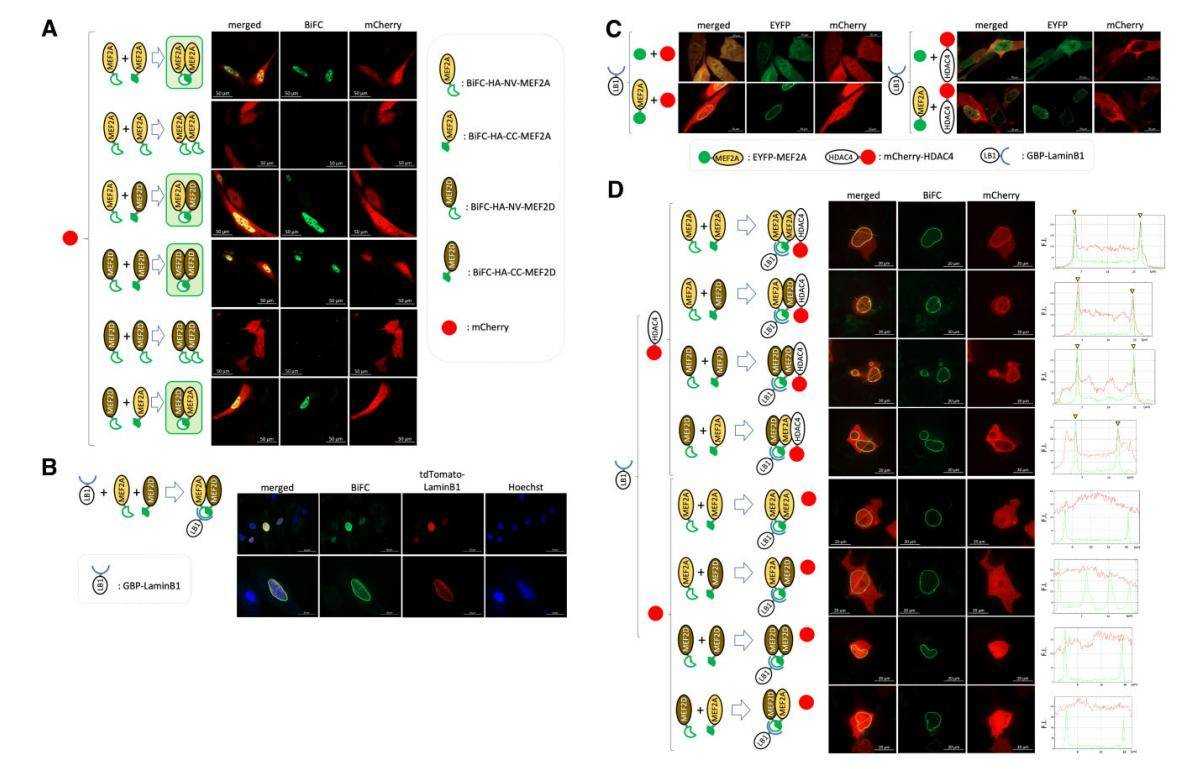 Fig.5 Visualization of a specific dimer pairing by BiFC technique and 3-way PPI using BiFC and GBP-nanotrap techniques. (Tetsuaki Miyake, et al. 2024)
Fig.5 Visualization of a specific dimer pairing by BiFC technique and 3-way PPI using BiFC and GBP-nanotrap techniques. (Tetsuaki Miyake, et al. 2024)
Nanobodies possess numerous benefits, such as their small size, excellent water solubility, high affinity and stability, strong specificity, ease of expression and production, and potential for further modification. These qualities make them highly promising for applications in biomedicine. CD Formulation specializes in nanoformulation research and development with extensive expertise in nanobody technology and production. If you would like to learn more about our nanobody technology for biologics, please do not hesitate to contact us.
References
- Sabrina Oliveira, Raimond Heukers, Jirawas Sornkom, et al. Targeting tumors with nanobodies for cancer imaging and therapy. Journal of Controlled Release. 2013,172(3):607-617.
- Qianling Su, Wei Shi, Xianing Huang, et al. Recent advances of nanobody applications in diagnosisand detection. Biomaterials and Applications. 2023,2: e54.
- Tetsuaki Miyake, John C McDermott. Functional analysis of protein interactions using coupled bi-fluorescence complementation/GFP nanobody techniques. Nucleic Acids Research. 2024,1-12.
How It Works
STEP 2
We'll email you to provide your quote and confirm order details if applicable.
STEP 3
Execute the project with real-time communication, and deliver the final report promptly.
Related Services


 Fig.1 Schematic illustrations of multivalent nanobodies. (Sabrina Oliveira, et al. 2013)
Fig.1 Schematic illustrations of multivalent nanobodies. (Sabrina Oliveira, et al. 2013) Fig.2 Clinical application of nanobodies. (Sabrina Oliveira, et al. 2013)
Fig.2 Clinical application of nanobodies. (Sabrina Oliveira, et al. 2013) Fig.3 General process of VHH production. (Qianling Su, et al. 2023)
Fig.3 General process of VHH production. (Qianling Su, et al. 2023) Fig.4 Our workflow for nanobody development services. (CD Formulation)
Fig.4 Our workflow for nanobody development services. (CD Formulation) Fig.5 Visualization of a specific dimer pairing by BiFC technique and 3-way PPI using BiFC and GBP-nanotrap techniques. (Tetsuaki Miyake, et al. 2024)
Fig.5 Visualization of a specific dimer pairing by BiFC technique and 3-way PPI using BiFC and GBP-nanotrap techniques. (Tetsuaki Miyake, et al. 2024)
